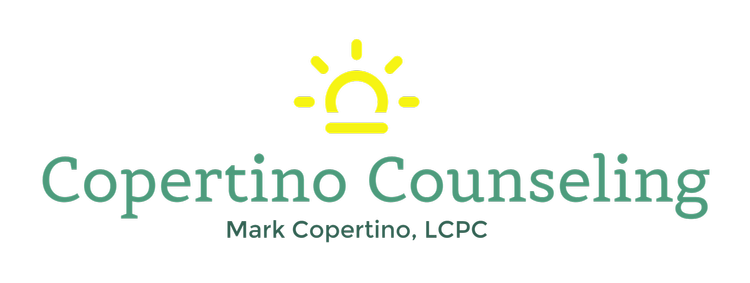After working with primarily adolescents over the last 10 years, I pride myself in being able to connect with teenagers pretty easily. This is critical because many times, it is not teens who are seeking therapy themselves, but parents or teachers who are suggesting that a therapist be sought out given the problems that are currently being observed. Whether a client comes fully willing and ready to participate, or feels as if he or she is forced to be in my office, I am tremendously confident that I will be able to build a positive connection with just about anyone. If I end up not being the right fit, I will certainly have a list of other providers who may be of help.
Individual therapy:
Therapy sessions that involve conversation and interaction in which I will get to know you (or your child) so that an improved understanding of problems will develop, including why issues are coming up and how to best approach solving current problems. I will work with you and your child to help accomplish treatment goals so that positive changes in your child’s life can take place. Goals may be general, for example, improving self-esteem and self confidence, to more specific, such as attending school on a regular basis.
Group Therapy:
This is a form of therapy in which at least 2 other peers are present who are also currently going through difficulties in their respective lives. With the help of facilitation of group dynamics by the therapist (me), powerful encouragement and identification with others often takes place. This is especially helpful because clients can see that they are not alone in their current struggle, and that there are other people who understand and can offer supportive and helpful feedback with how to handle current stressors. This is especially important in that individuals who are in need of therapy oftentimes have already been isolated in some way. Group therapy is especially powerful at the young adult and adolescent age because of the amount of influence peers have compared to adults. I direct group therapy so that a supportive and encouraging environment is developed where peers can promote confidence in one another to help enact mutual positive changes.
Family Therapy:
Family therapy focuses on improving relationships between family members. Often this is done by improving communication, identifying the needs of one another, along with promoting education and understanding of mental illness and how to best support your child. Ideally, improved patterns of interaction will develop after increased insight is gained through family therapy sessions. Family therapy can include both parents and siblings if deemed appropriate.
